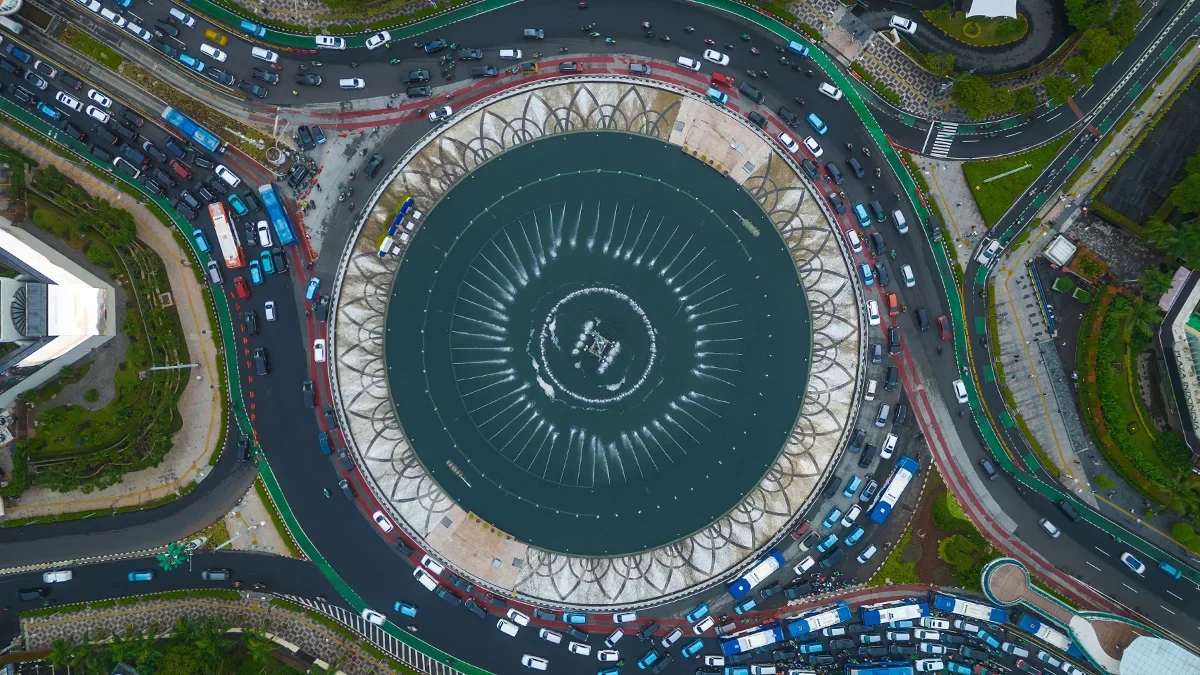(Re)in Summary
• The US is home to half of global MGA premiums written but Asian markets could be a big growth area, according to Global Insurance Law Connect.
• A report by the law firm network said that the MGA structure was gaining ground in the key Chinese financial centres of Beijing, Shanghai, and Shenzhen.
• MGAs are currently only permitted in the Gujarat International Finance Tec-City (GIFT), but Indian regulators are considering allowing their use in the whole country.
• Australia is home to an innovative MGA sector and has room to grow further in customer segments including trade associations and industry bodies, according to Global Insurance Law Connect.
The managing general agent (MGA) structure is set to expand out of its key US and UK markets, with the concept ‘gaining ground’ in China and whispers that India’s insurance regulators are set to approve their use, according to a recent report by the law firm network Global Insurance Law Connect.
US MGAs, or MGUs as they are known in the local market, accounted for half the global premium (US$102bn) in 2023, according to data from insurance asset manager Conning, but a recent report by Global Insurance Law Connect pointed to green shoots for the structure in Asian insurance markets.
“In less-developed markets MGAs are also being recognised as a useful innovation tool and in some places growth could be explosive. The wider Asia-Pacific market is expected to be a big growth area for MGAs.
Although they remain in their infancy in China, they are gaining ground in key financial centres such as Beijing, Shanghai and Shenzhen. India has yet to approve their operation, but the insurance regulator is reported to be considering their use,” the report said.
MGAs are already able to operate in India’s Gujarat International Finance Tec-City (GIFT) if they register as an eligible entity under the regulatory authority.
Global Insurance Law Connect said China is an ‘open door for MGA growth’ due to the country’s vast base of domestic consumers which underpinned its position as the worlds’ second-largest asset and wealth management market.
The report also said that the expanded role of tech in the Chinese market, and government support for this trend, meant that a greater number of traditional insurance companies in China were looking at using MGAs.
India rule change
Regulatory change means that the Indian insurance market could be on the cusp of structural changes to its distribution model, according to Sakate Khaitan, partner at Khaitan Legal Associates in India.
“It is expected that once the regulatory environment is created for MGAs in India, some of the current insurance intermediaries, who as of now are only allowed to focus on distribution, may have a bigger role to play in the scheme of things, revolving around product development and underwriting expertise for specific business segments,” Khan said.
The report said that Australia is one of the ‘most innovative users of the MGA structure’, and it is used to provide a broader range of services in that market than other global locations.
“For example, in Australia, the consolidation of the intermediary space has continued to concentrate a large proportion of broker market share among a handful of the largest companies.
The provision of back office services — research, agent training and computer software — is increasingly provided by the larger broking networks. This means that the smaller agents, dealing with clients, pay a fee for these services, which may be in the form of a shared commission,” the report said.
Growth areas
Global Insurance Law Connect also said that MGA use in Australia could also grow in the context of trade associations and industry bodies setting up discretionary risk mutuals for more challenging covers such as professional indemnity and public liability.
According to the report these mutuals self-insure the first layer deductible and then place upper layers into the traditional insurance markets via MGAs.
According to data from insurance analysts Insuramore, MGAs, MGUs and cover holder groups generated revenue of around US$23.9bn worldwide in 2023, of which 70-75% came from the direct commercial P&C insurance market.
According to Insuramore this represents an annual growth rate of over 20% compared to 2022, almost double the rate of growth over the same period in the global insurance broking sector, with MGAs estimated to have written over $200bn in premiums globally.
“It is a notable tribute to the financial value of this sector that many markets are also now seeing the rise of specialist MGA support businesses, or ‘incubators’,” the Global Insurance Law Connect report said.
“These provide back-office services to young MGA businesses, help them with the regulator and systems set-up and sometimes also help to broker deals on capacity for them at the start-up stage. This institutionalisation of the MGAs’ route to market helps to build and maintain the pipeline of new businesses being launched,” it added.
According to the report the MGA sector is making extensive use of new technology such as AI and data analytics to improve underwriting processes and streamline claims management.
“MGAs are also expanding into emerging markets and niche sectors that traditional insurers may overlook,” said Fernando Blanco Gamella, partner, Blanco & Asociados Abogados in Spain.
According to the report this uptake of tech by MGA is a trend in all markets and it is also allowing insurtechs to enter the sector.
In this case, the model provides both a low-cost alternative for tech entrepreneurs to set up an insurance platform distributing innovative insurance solutions, and a partnership opportunity between the tech space and brokers/insurers to develop new products based on cutting-edge technology,” the report said.
























